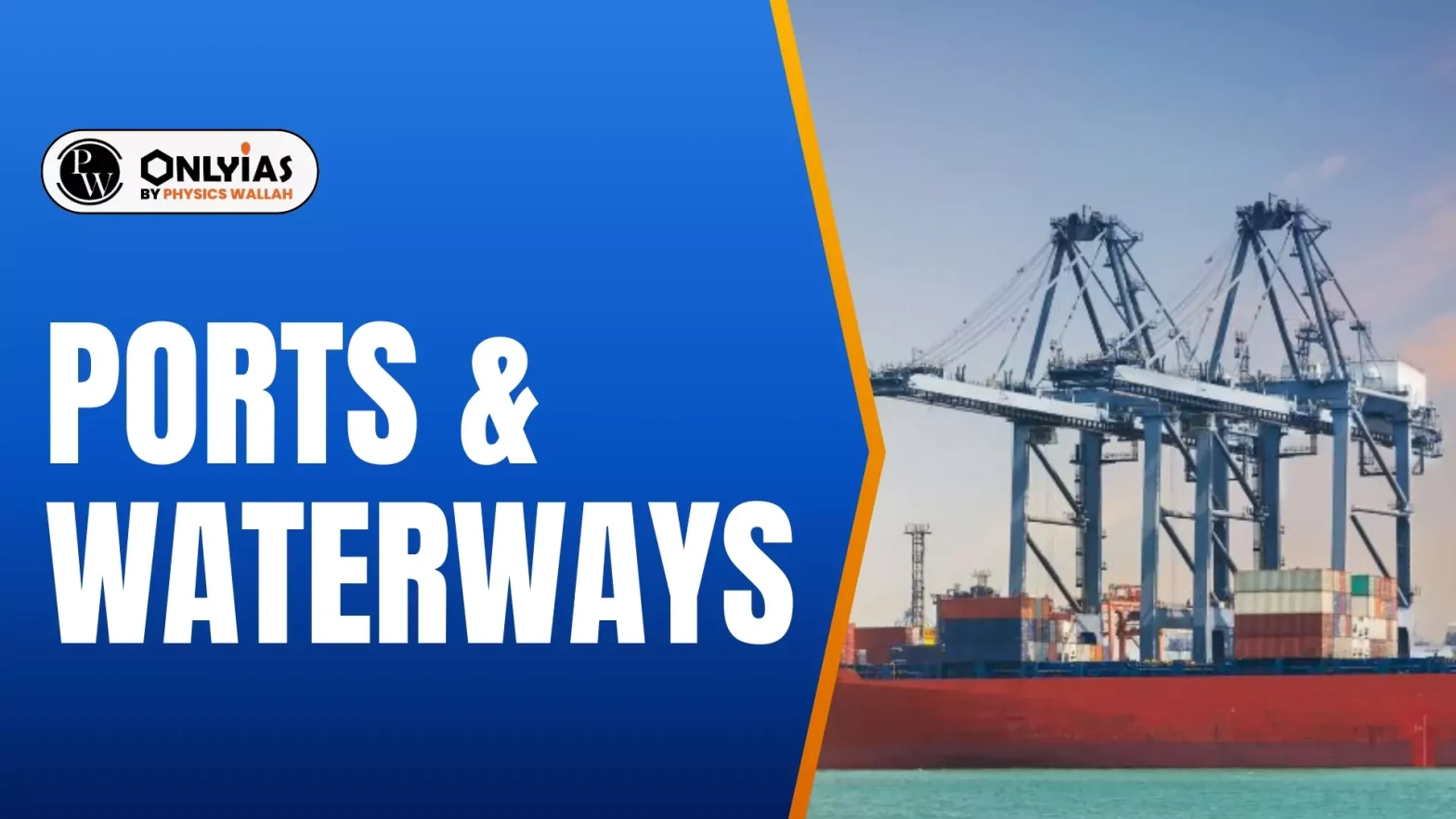![]() 7 Oct 2024
7 Oct 2024

Ports and waterways are crucial for India’s economic growth, but challenges like infrastructure gaps, regulatory hurdles, and environmental concerns must be addressed. Strengthening these sectors will improve trade competitiveness and sustainable transportation.
| Mains Question: |
|---|

<div class="new-fform">
</div>